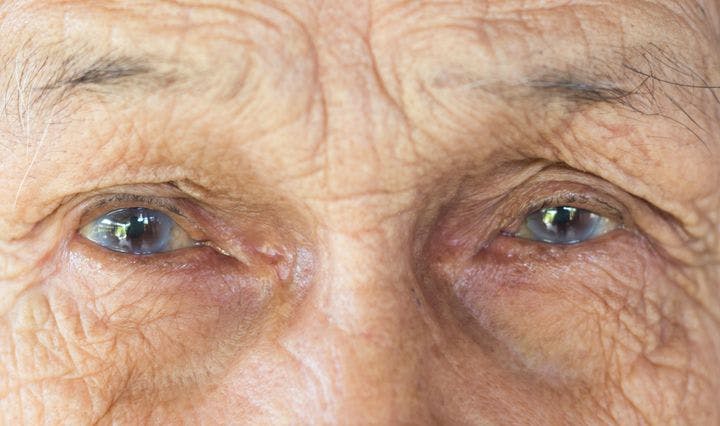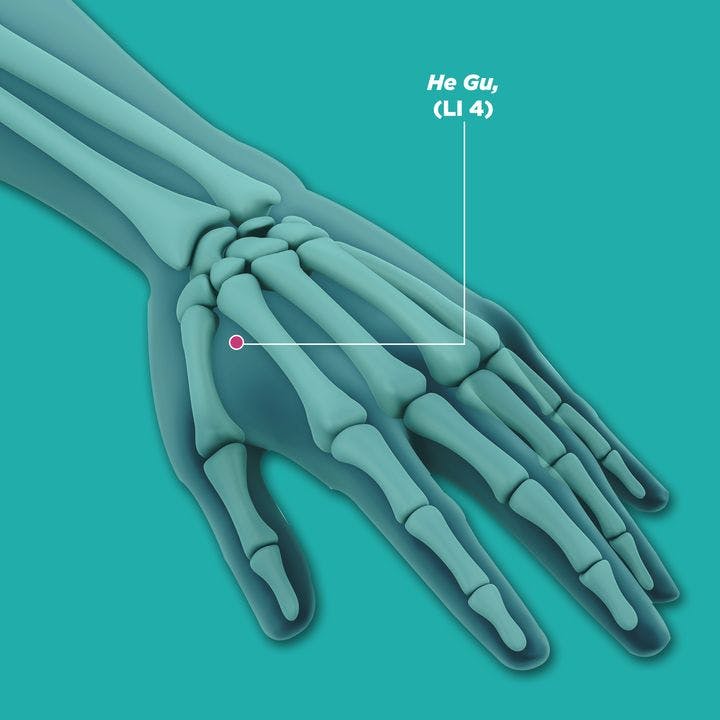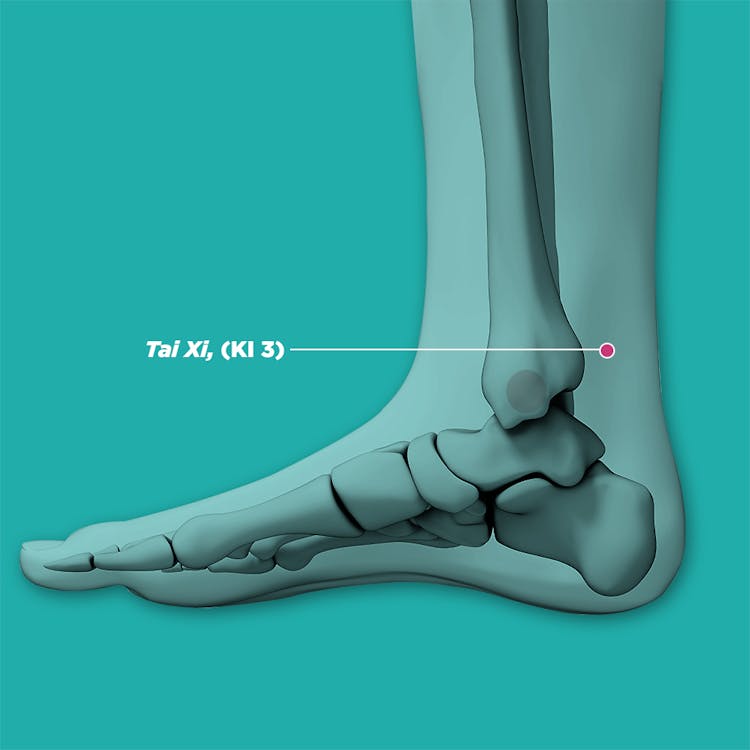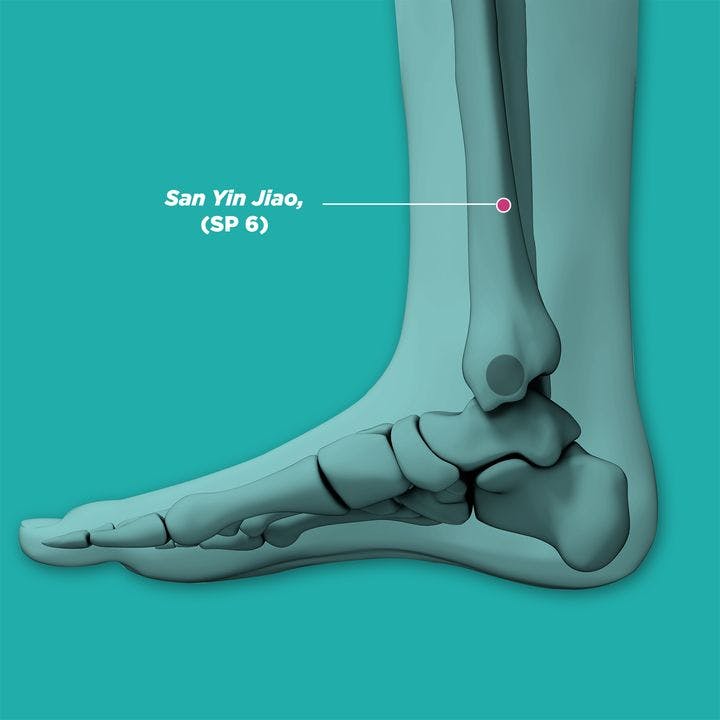Why You are Experiencing Blurred Vision
Published | 8 min read
Blurred vision is a symptom of different eye disorders. Discover ways to treat underlying causes to allow you to see clearly in this article.

A 2018 National Eye Survey Malaysia study showed that 58.6% of 15,000 people examined had untreated cataracts. 1 in 10 Malaysian children also had undiagnosed blurred vision. This can potentially trigger headaches and learning difficulties.
12.5% of the 1,287 children observed had visual impairment while 61% had bilateral vision disorders like double vision.
Read on to discover the causes of blurred vision and the steps a person can take to maintain clear sight all day, every day.
Astigmatism
An imperfect curving of the cornea or eye lens is the primary identifier of astigmatism. The condition can be classified as regular or irregular astigmatism.
Regular astigmatism describes a single-direction curving of the cornea. Irregular astigmatism is characterised by an uneven curvature across the eye surface.
It has a genetic component, meaning it can be present at birth or develop when a person ages. Surgery or eye disease or injury can also increase a person’s likelihood of suffering astigmatism.
Being hit by an object, poked by a splinter, or exposed to a chemical substance can lead to an eye injury.

Cataracts
Also known as a clouding of the eye lens, cataracts block the passage of light to the retina, hence it can lead to blurred vision. A few notable reasons behind the painless condition are:
- Age
- Diabetes (secondary cataract)
- Long-term use of steroid medications
- Overexposure to ultraviolet radiation
- Removal of the vitreous gel from the eye
- Continuous head radiation treatment or X-rays
- Eye injuries, especially among children
- Eye diseases, such as glaucoma and retinal detachment
People can also be born with a cataract. It can happen if a woman is diagnosed with Rubella — a contagious, viral disease —during her pregnancy.
Graves’ Ophthalmopathy
Another cause of blurred vision is an autoimmune condition called Graves’ ophthalmopathy (GO). It’s thyroid-associated and alters the appearance and impairs function in one or both eyes.
It happens when the immune system attacks the muscles and tissues around the eye area. Symptoms of the condition may include mild eye sensitivity, reddened eyes, a gritty sensation in the eyes, puffy or retracted eyelids, bulging eyes, irritation, pressure or pain, and blurred or double vision.
Near-Sightedness and Far-Sightedness
The most prominent characteristics of near-sightedness are the ability to see close-up objects and a difficulty seeing distant objects. A combination of genetics and a person’s environmental conditions can contribute to the condition’s onset.
On the contrary, far-sighted people have an easier time seeing distant objects but struggle to focus on close things. A person above age 65 is more likely to develop the condition.
You can also inherit far-sightedness where the affected eye won’t bend light properly. Instead, the light will become under-focused, forming an incomplete image on the retina.
How Healthcare Providers Diagnose and Treat Blurred Vision
Blurred vision is diagnosed through various eye tests and a physical examination of a person’s eyes. A blood test can help identify if the problem is due to an underlying medical condition.
A double vision diagnosis will depend on your symptoms and medical history. Healthcare providers may also perform blood tests, neurological examinations or a magnetic resonance imaging (MRI) scan to rule out underlying causes of the problem.
Take a knife (or laser) to the eye
LASIK surgery can help correct astigmatism, near-sightedness, and far-sightedness. It uses a laser to reshape the cornea, thus improving visual acuity.
Cataract surgery involves replacing a clouded lens with an artificial lens implant. The latter will be customised to fit your eye shape perfectly and personalised to your specific vision needs.
GO will see people finding it difficult to close or having wide-open eyelids. These can expose the eyeballs, making them prone to excessive tearing and irritation. Surgical eyelid repositioning can help correct these problems.
Scar tissue from GO can shorten eye muscles, misaligning them. Consequently, it can cause double vision. Surgery helps to detach the affected muscle and re-join it farther back. A person may need more than one procedure to achieve a clear vision.
An orbital decompression procedure removes a bone between the eye socket and sinuses. It opens space for the swollen tissues and enables the eyes to return to their normal position.

Keep eyes protected
GO symptoms can be relieved by applying a cool compress to the eyes. Sunglasses can shield them from wind and the sun’s UV rays.
Eyedrops can address dryness and scratchiness, but avoid using eyedrops formulated with redness removers. The eyelids may also not cover the eye entirely during sleep, hence a lubricating gel can prevent the cornea from drying out. Apply before going to bed.
Elevating the head of the bed helps reduce swelling and takes the pressure off the eyes.
Adopt the use of corrective lenses
Corrective lenses are the go-to treatment option for moderate to high astigmatism, near-sightedness, or far-sightedness.
Eyeglasses for near-sightedness help a person’s eye focus light on the retina, making far-away objects visible. The degree of vision correction will determine if a person needs eyeglasses daily or only when doing certain activities.
Contact lenses offer the same qualities and the ability to have sharper distance vision. Corneal Refractive Therapy (CRT) features contact lenses that shape the cornea temporarily. It enables a person to be clear-sighted while performing their daily activities.
Multiple eyeglass types are available for far-sightedness while eyeglasses with prisms are suitable for a person with GO who has double vision.
An Alternative Approach to Treating Blurred Vision
Traditional Chinese Medicine (TCM) can help with blurred vision by tackling the underlying root imbalances of the body.
Consume herbal formulas
“These formulations are suitable for the varying causes and effects of blurred and double vision,” says Real Health Medical’s Senior Physician Brandon Yew. Apart from improving vision, the effects of using these formulations to promote post-LASIK-surgery healing include:
- Di Tan Tang (涤痰汤) – Dispels Dampness, phlegm, and Qi Stagnation to restore and improve and blood and qi circulation to the eyes
- Qi Ju Di Huang Wan (杞菊地黄丸) – Clears Heat and replenishing blood and yin to nourish Kidney and Liver organ systems
- Bu Zhong Yi Qi Tang (补中益气汤) – Replenishes blood and qi to nourish eyes
- Tong Qiao Huo Xue Tang (通窍活血汤) – Dispels Qi Stagnation and blood clots to improve and restore blood and qi circulation to eyes
- Chuan Xiong Cha Tiao San (川芎茶调散) and Qiong Zhi Shi Gao Tang (芎芷石膏汤) – Dispels Heat, Dampness, Qi Stagnation, and blood clots to restore and improve qi and blood circulation to eyes
Massage acupressure points
“Localised and distal acupressure points can also be stimulated to speed up post-LASIK surgery recovery,” adds Physician Yew. “However, it only provides mild symptomatic relief. Acupuncture achieves a more potent therapeutic effect and tackles the root pathologies of both conditions.”
A few of the points that can be worked on are:
- Jing ming (BL1, 睛明)
- Yang bai (GB14, 阳白)
- Guang ming (GB37, 光明)
- He gu (LI4, 合谷)
- Yin ling quan (SP9, 阴陵泉)
- Cheng qi (ST1, 承泣)
- Feng long (ST40, 丰隆)
- Yi ming (EX-HN14, 翳明)
You can also massage a few distal points, including:
- Kun lun (BL60, 昆仑)
- Tai xi (KI3, 太谿)
- Xing jian (LR2, 行间)
- Yang lao (SI6, 养老)
- Zhong zhu (K15, 中渚)
- San yin jiao (SP6, 三阴交)
- Da gu kong (EX-UE14, 大骨空)
- Xiao gu kong (EX-UE15, 小骨空)
Recognising the primary reasons behind blurred vision is fundamental towards ensuring healthy vision. If you wish to support clinical treatment modalities with TCM, speak to a licensed practitioner beforehand. It’ll help prevent contraindications that stem from the misuse of herbal formulas and ingredients.
References
- New Straits Times. 2022. Eye health is crucial for overall wellness. [online] [Accessed 16 August 2022]
- New Straits Times. 2017. One in 10 children in Malaysia has an undiagnosed vision problem: Study. [online] [Accessed 16 August 2022]
- Healthdirect. Astigmatism. [online] [Accessed 16 August 2022]
- Cleveland Clinic. Astigmatism. [online] [Accessed 16 August 2022]
- Stanford Medicine. Cataract. [online] [Accessed 16 August 2022]
- Stanford Medicine. Cataract Causes. [online] [Accessed 16 August 2022]
- Stanford Medicine. Thyroid Eye Disease (Graves’ Eye Disease). [online] [Accessed 16 August 2022]
- National Institute of Diabetes and Digestive and Kidney Diseases. Graves’ Disease. [online] [Accessed 16 August 2022]
- Cleveland Clinic. Myopia (Nearsightedness). [online] [Accessed 16 August 2022]
- Cleveland Clinic. Farsightedness. [online] [Accessed 16 August 2022]
- Healthdirect. Blurred vision. [online] [Accessed 16 August 2022]
- NYU Langone Health. Diagnosing Double Vision in Adults. [online] [Accessed 16 August 2022]
- Cleveland Clinic. LASIK Eye Surgery. [online] [Accessed 16 August 2022]
- Cleveland Clinic. Cataracts. [online] [Accessed 16 August 2022]
- American Thyroid Association. Graves’ Eye Disease (Graves’ Ophthalmopathy or Graves’ Orbitopathy). [online] [Accessed 16 August 2022]
- Cleveland Clinic. Presbyopia. [online] [Accessed 16 August 2022]
Share this article on






















